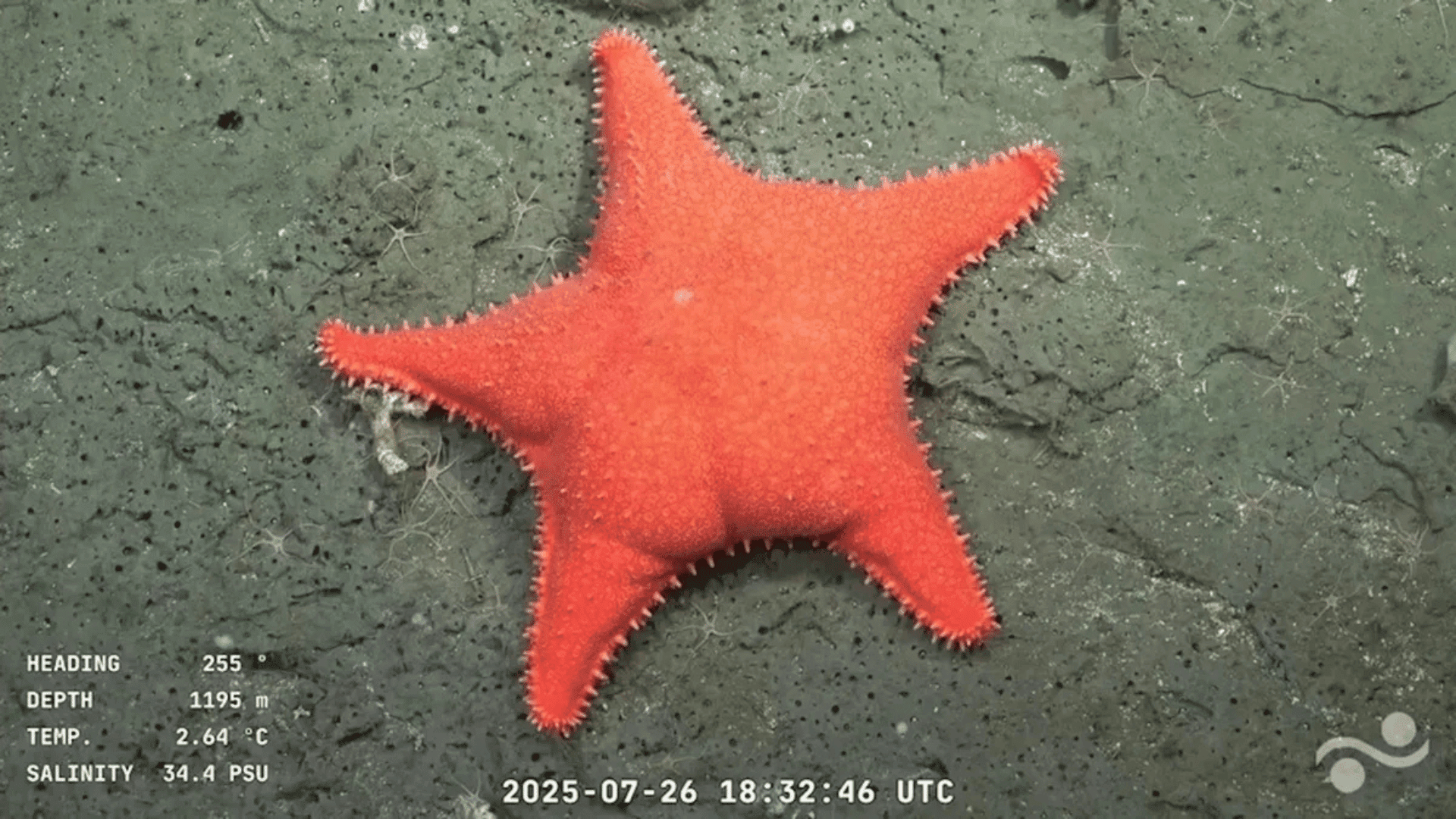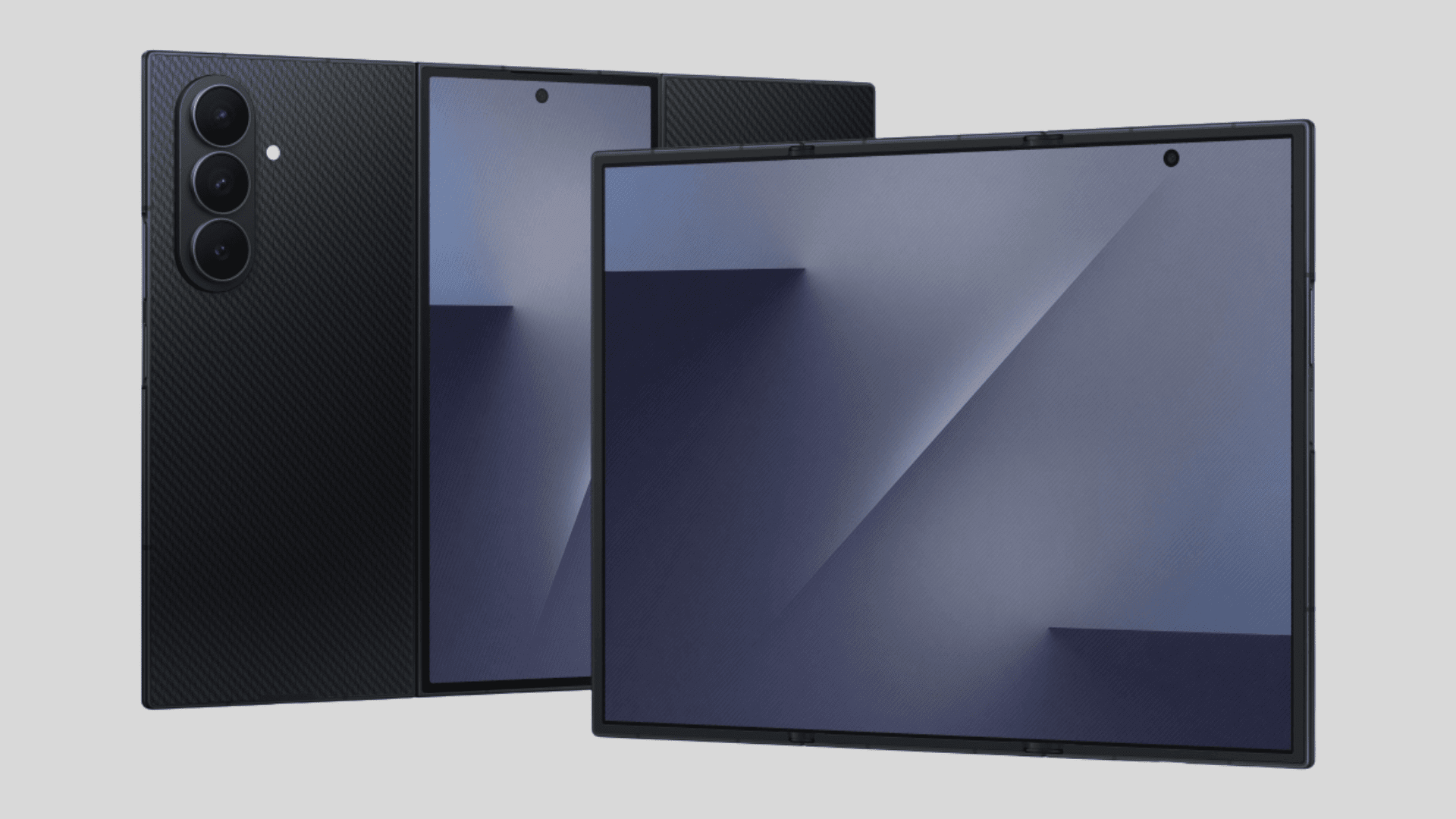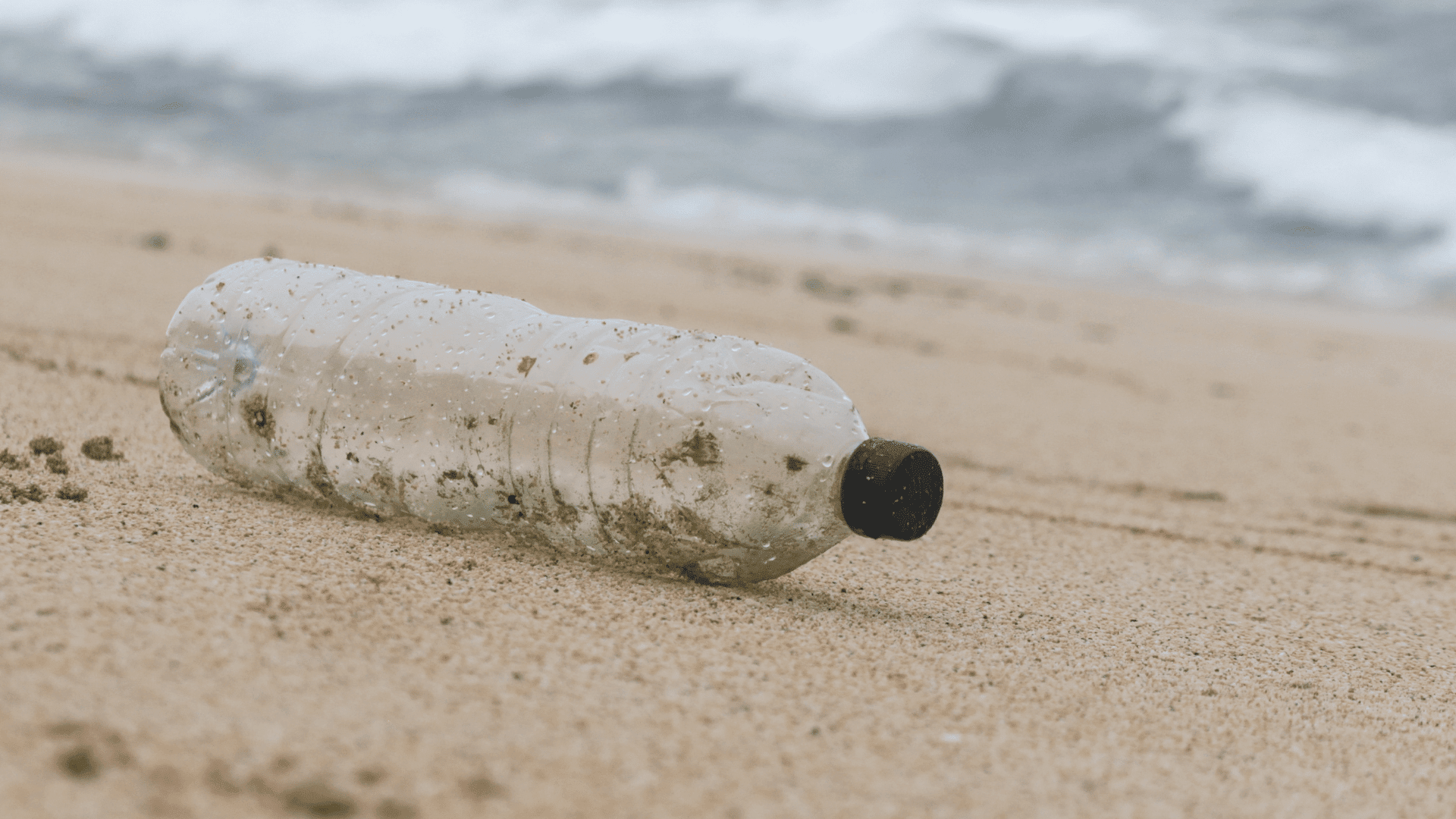A livestream of sea life in the South Atlantic Ocean, right off the coast of Argentina, recorded dozens of never-before-seen deep-sea species.
Deep-Sea Species Discovered

The footage comes from a remotely operated vehicle 13,000 feet (4,000 meters) undersea. The ROV SuBastian is equipped with high-definition cameras and sensors and dives for approximately eight hours per day.
Researchers behind the expedition told The Associated Press that they never expected the livestream to receive so much attention. The broadcast has attracted more than 1.6 million views per day on YouTube.
“It was a huge surprise for us,” said expedition leader Daniel Lauretta. “It’s something that fills our hearts because we want to spread the word.”
Among the creatures spotted are a bright orange starfish that drew comparisons to Patrick from “SpongeBob SquarePants”, a purple sea cucumber, and a deep-sea crab that looked like a hairy spider.
“The colors, the zoom capability — that really amazed me,” Lauretta said. “I think that feeling reached the public, too.”
Argentine researchers and international experts from the nonprofit of Wendy Schmidt and former Google CEO Eric E. Schmidt, the Schmidt Ocean Institute, use the vehicle to map the underwater gorge, collect samples, and identify several new species.
According to Live Science, the recorded sea star belongs to the genus Hippasteria, which is known for its thick central disc and short, stubby arms. The camera also captured a violet sea cucumber, belonging to the genus Benthodytes. Its plump body and purple hue earned it the name “Batatita” or “Little Sweet Potato.”
The expedition has documented at least 24 species of fish, both bony and cartilaginous. It’s also captured species that have never been recorded in the South Atlantic before, such as carnivorous sponges, crustaceans, and other invertebrates that are specially adapted to the pitch-black depths. The livestream, which began last week, runs until August 10.







